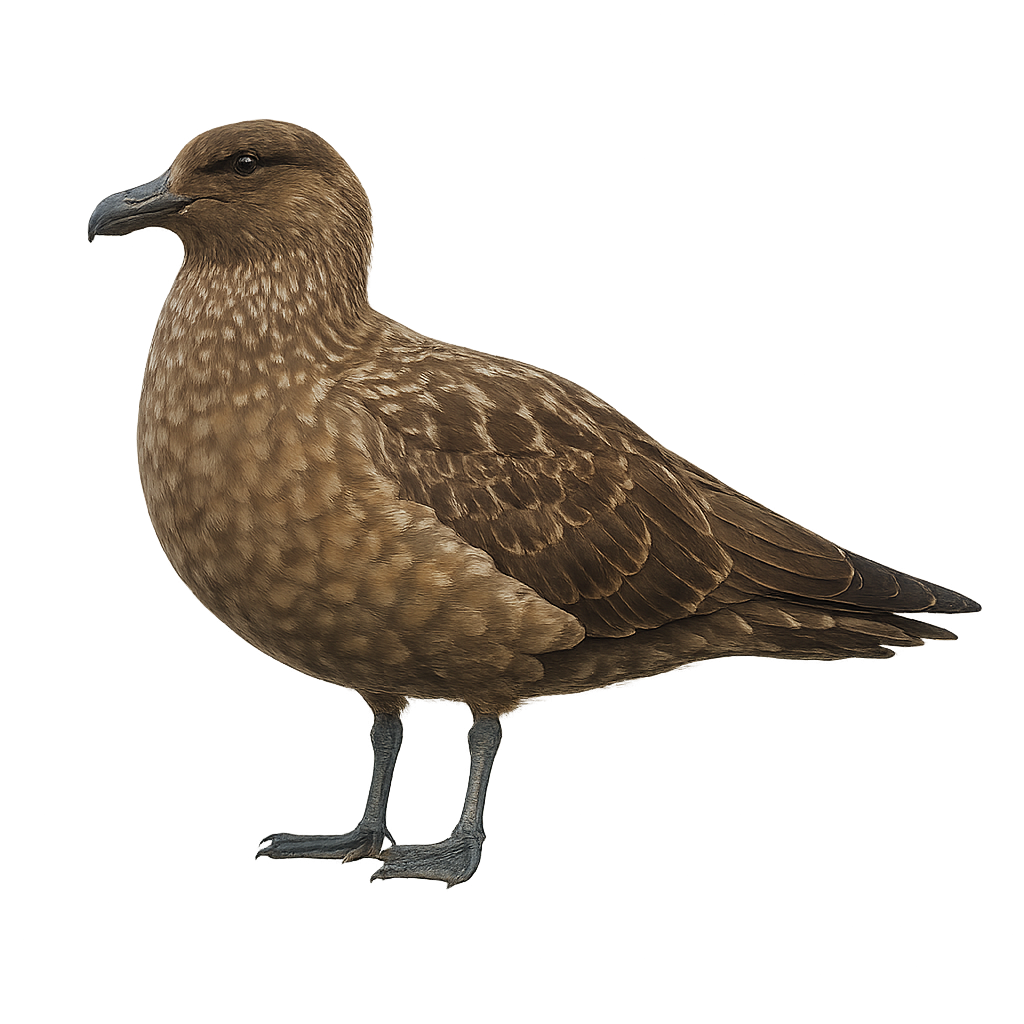Your wildlife photography guide.
Explore the great skua in detail, study its behavior, prepare your shots.
Where to observe and photograph the great skua in the wild
Learn where and when to spot the great skua in the wild, how to identify the species based on distinctive features, and what natural environments it inhabits. The WildlifePhotographer app offers tailored photography tips that reflect the great skua’s behavior, helping you capture better wildlife images. Explore the full species profile for key information including description, habitat, active periods, and approach techniques.
Great skua
Scientific name: Stercorarius skua

IUCN Status: Least Concern
Family: STERCORARIIDAE
Group: Birds
Sensitivity to human approach: Suspicious
Minimum approach distance: 30 m
Courtship display: May to June
Incubation: 27-30 jours
Hatchings: May to July
Habitat:
Coasts, beaches, islands, and marine areas of subarctic and arctic regions, especially in Northern Europe, Iceland, and the British Isles
Activity period :
Primarily active during the day, with peak activity in the morning and late afternoon.
Identification and description:
The Great Skua is a large, powerful seabird, belonging to the Stercorariidae family. It measures about 50 to 60 cm in length, with a wingspan of 120 to 130 cm, and weighs between 500 and 1,000 g. Its plumage is primarily brown and gray, with white markings on the wings and a generally dark head. The Great Skua is a migratory bird, found mainly in the coastal regions of the North Atlantic, particularly in Northern Europe, Iceland, Greenland, and parts of Canada. It is especially known for its piratical behavior, stealing food from other seabirds, such as gulls or fishing birds, by chasing them and forcing them to abandon their catch. While territorial, it is also an excellent swimmer and diver, feeding mainly on fish and crustaceans. The Great Skua is vulnerable to the loss of its coastal habitat and human disturbances, including pollution and disruptions caused by tourism.
Recommended lens:
300 mm – adjust based on distance, desired framing (portrait or habitat), and approach conditions.
Photography tips:
To photograph the great skua, use a telephoto lens to capture its flight or when resting on beaches.
Soft light in the early morning or late afternoon is best for clear, natural images.
Be discreet and keep a safe distance, especially during the breeding season or when it’s defending its territory.
IUCN status: Least Concern. Avoid disturbance, particularly near nesting areas.
The WildlifePhotographer App is coming soon!
Be the first to explore the best nature spots, track rutting seasons, log your observations, and observe more wildlife.
Already 1 431 wildlife lovers subscribed worldwide

